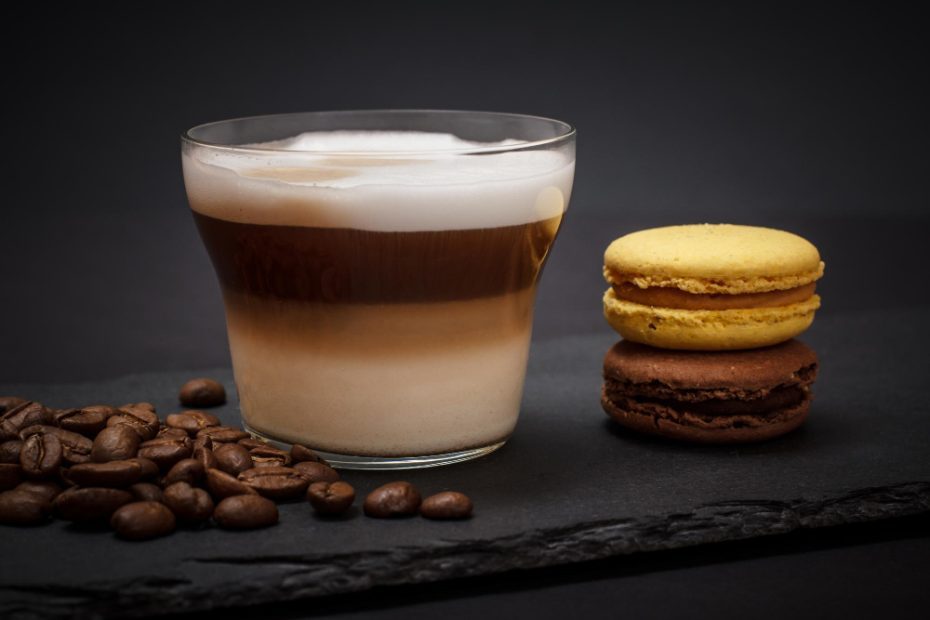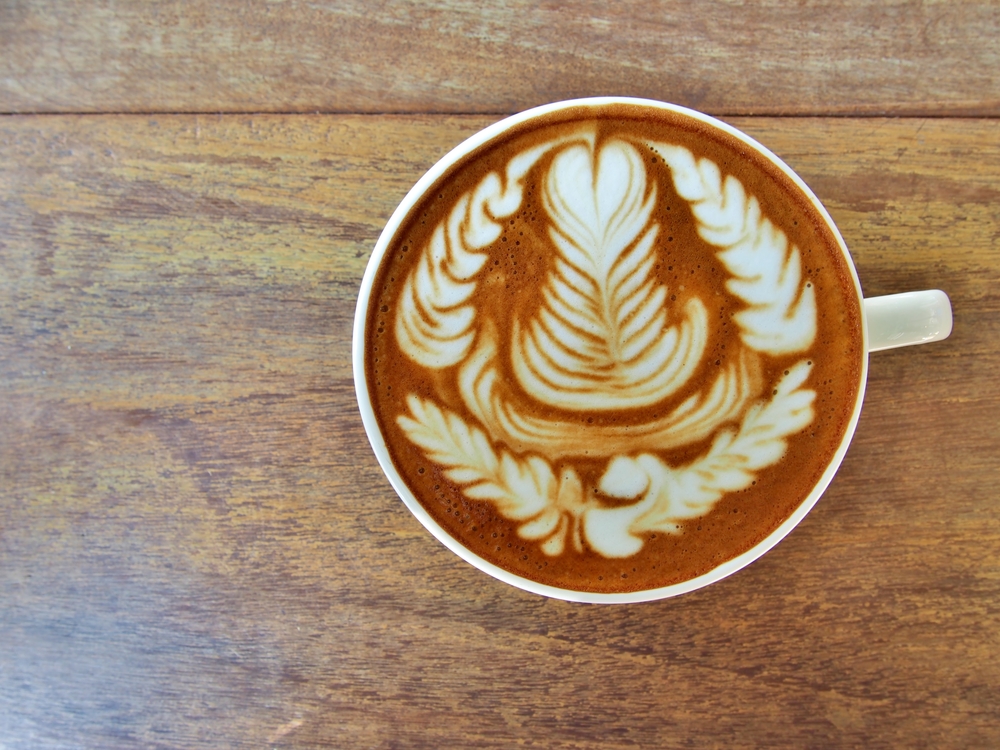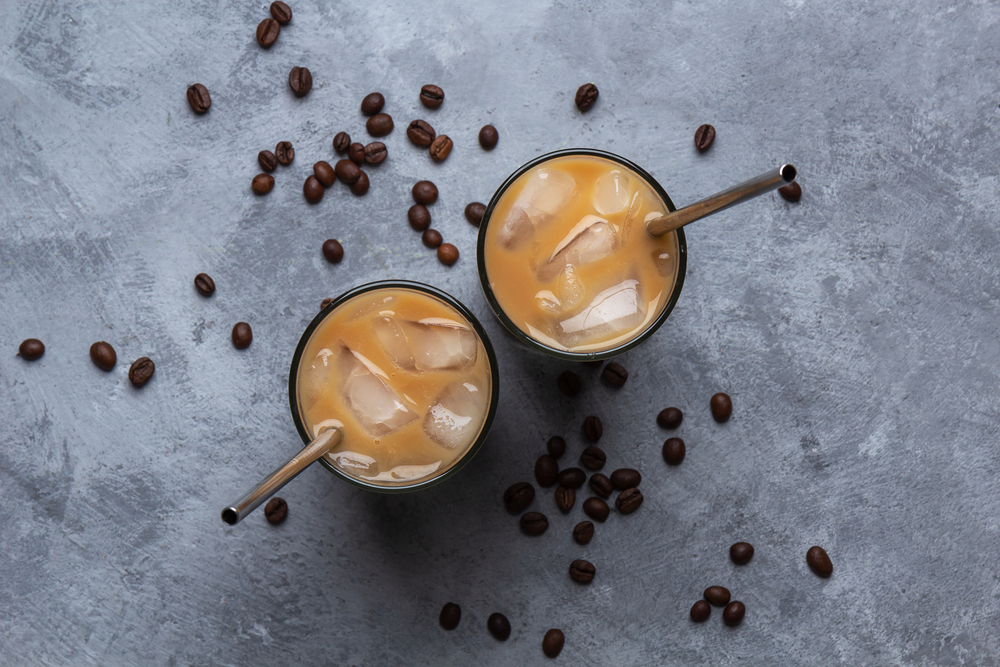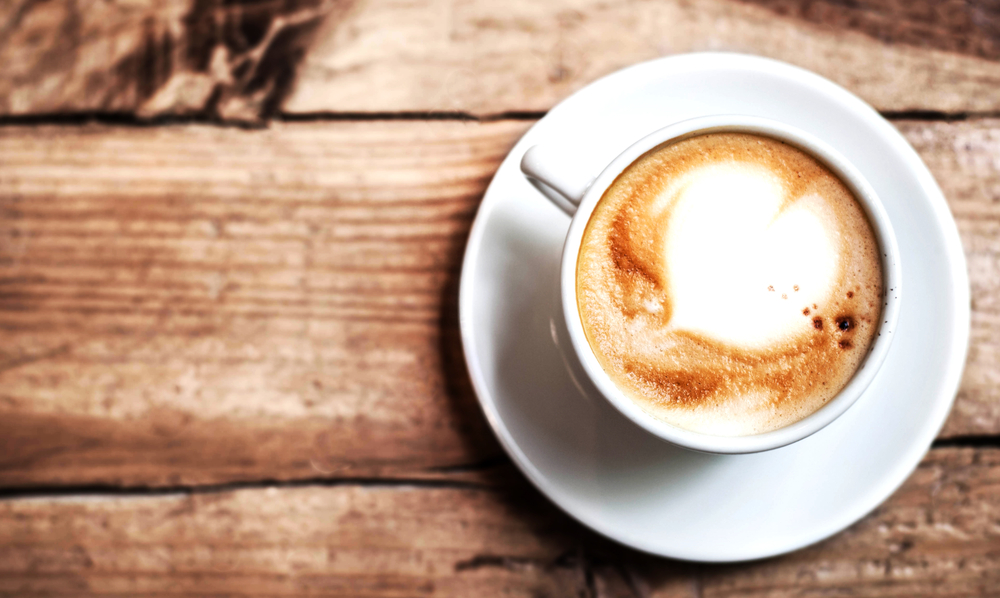Understanding the Three Layers of a Cappuccino
Cappuccino, an espresso-based drink which originated in Italy, has become a beloved beverage around the globe and notably within the UK’s bustling café culture. At its core, a cappuccino is distinguished by its three layers, each contributing to the drink’s signature taste and texture. These layers consist of espresso, steamed milk, and milk foam.
The Anatomy of a Cappuccino
The magic of a cappuccino lies in its perfect balance between the three layers, which provide depth, richness, and a visual appeal. Let’s delve deeper into each layer.
- Espresso Base
Espresso forms the foundation of the cappuccino. Typically, a single or double shot is used, which offers a concentrated coffee flavour and a notable caffeine kick. It’s the heart and soul of the drink, giving it its strong and robust flavour.
- Steamed Milk
Sitting atop the espresso is the steamed milk. The process of steaming not only heats the milk but also introduces tiny air bubbles, resulting in a velvety texture. This layer adds a creamy smoothness, toning down the intensity of the espresso and contributing to the drink’s overall mouthfeel.
- Milk Foam
The crowning glory of a cappuccino is its milk foam, a dense layer of frothy milk that sits on top. Achieved by aerating milk with steam, the foam serves both an aesthetic and functional purpose. It acts as an insulator, keeping the drink warm, and imparts a light and airy texture to the final sips.
The Art of Perfecting the Layers
Achieving the perfect cappuccino is as much an art as it is a science. Baristas, through training and experience, understand the nuances of extracting a perfect espresso shot and creating the ideal milk texture.
“A well-crafted cappuccino is like a symphony, where each layer plays its part to create a harmonious and delightful experience.”
Temperature control is vital. The milk should be steamed to around 65°C-70°C, ensuring it doesn’t scald or lose its sweet flavour. The foam’s consistency should be smooth and velvety, without any visible large bubbles.
What is a cappuccino without chocolate called?
While many people in the UK and beyond enjoy adding a sprinkle of chocolate or cocoa powder to their cappuccino, this is not the traditional way of serving it in Italy. A cappuccino without chocolate remains, simply, a cappuccino. The practice of dusting the top with chocolate or cocoa is more of a regional preference.
Chocolate: A Matter of Preference
Adding chocolate or cocoa powder to a cappuccino can introduce an additional layer of flavour, making the drink slightly sweeter and richer.
-
-
- Traditionalist Approach: Purists often argue that a true cappuccino should be free of any additional flavourings, allowing the coffee’s natural taste to shine.
- Modern Interpretations: On the other hand, many cafes and coffee lovers around the world embrace the chocolatey twist, considering it a delightful enhancement.
-
To illustrate the variety in serving cappuccinos, here’s a simple table:
| Country | Typical Cappuccino Topping |
|---|---|
| Italy | None |
| UK | Optional chocolate or cocoa powder |
| Australia | Often chocolate powder |
In conclusion, the cappuccino’s beauty lies in its simplicity and balance. While the addition of chocolate can offer a delightful variation, the core elements of espresso, steamed milk, and foam are what define this classic beverage. Whether you’re a purist or someone who loves a hint of cocoa on top, there’s no denying that the cappuccino holds a special place in the heart of coffee aficionados worldwide.



